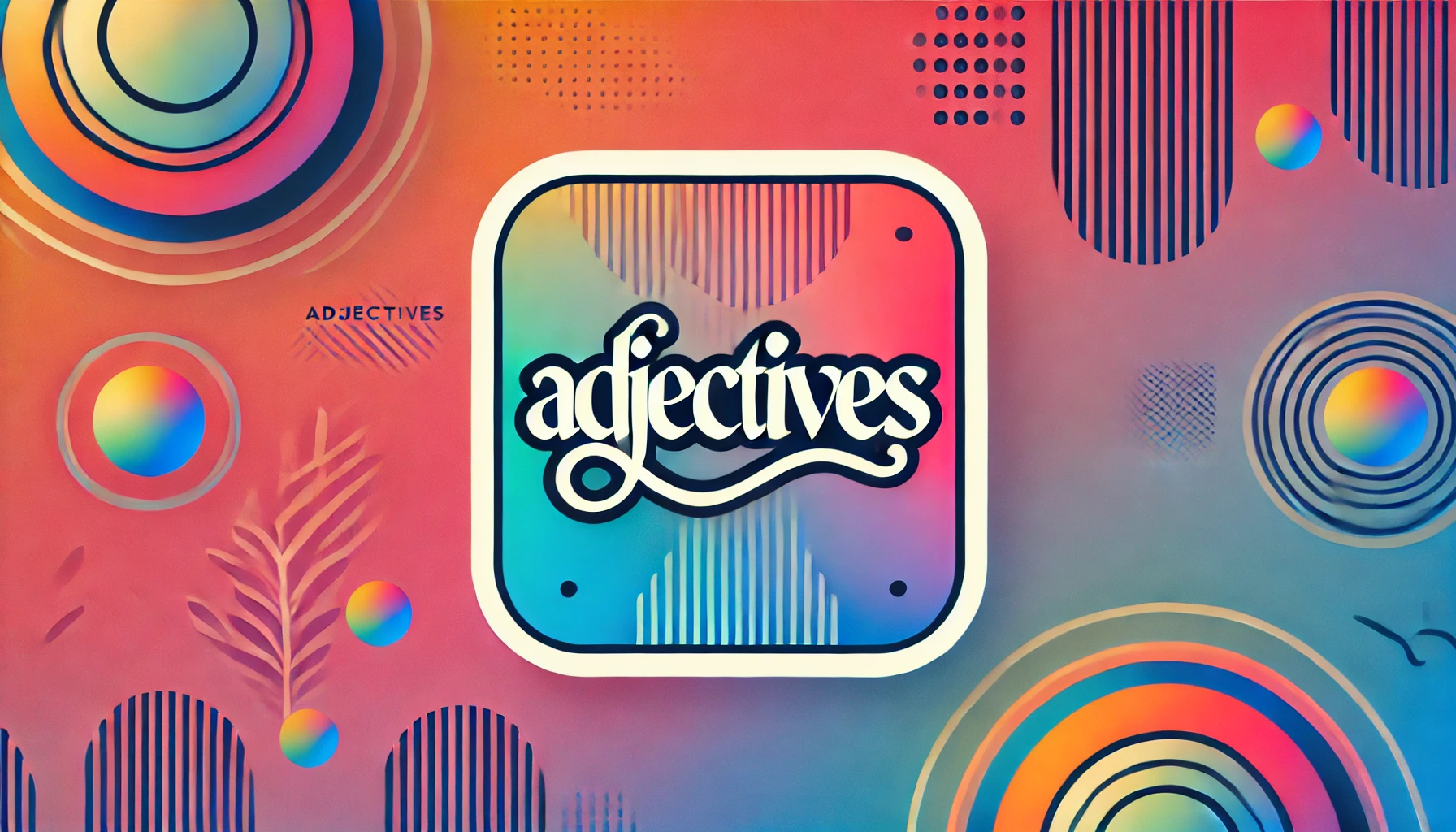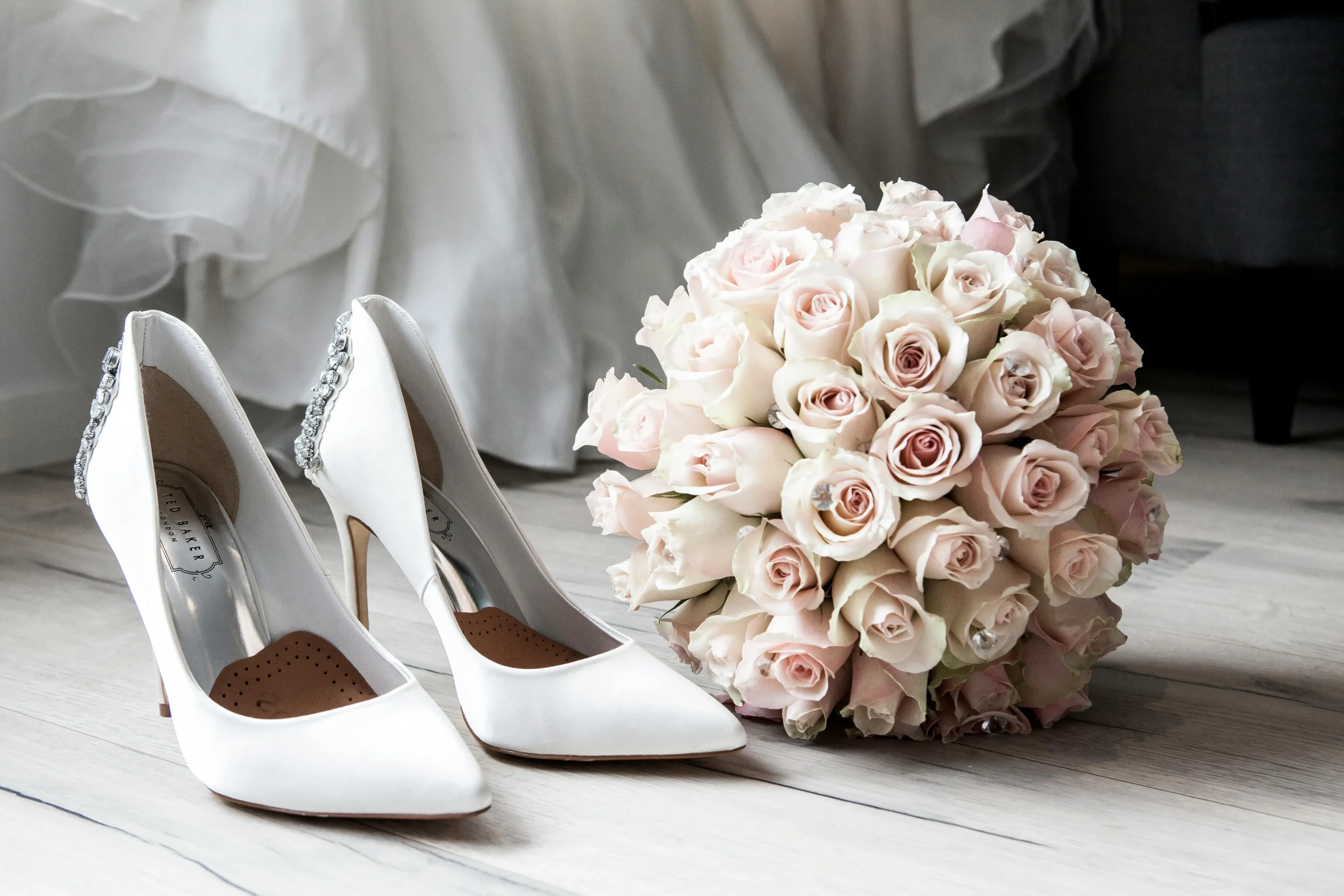Adjectives are like the seasoning in a dish—they add flavor and depth to language. Without them, our sentences would be bland and robotic. Think about it: how would you describe a “beautiful sunset” or a “fast car” without adjectives? These descriptive words are essential for painting vivid pictures in our conversations and writing. Let’s break down what makes adjectives so important, the types you’ll encounter, and how to use them effectively.
What Are Adjectives?
Adjectives are words that modify or describe nouns and pronouns. They help us provide more detail, answering questions like “What kind?” “Which one?” or “How many?” For instance, in the sentence, “She wore a stunning dress,” the word “stunning” is an adjective describing the dress. Learn more about adjectives.
Types of Adjectives
Adjectives come in various types, each serving a unique purpose. Here’s a rundown:
1. Descriptive Adjectives
These are the most common type. They describe the quality or characteristic of a noun. Examples include:
Beautiful, tall, bright, soft.
Example: The fluffy cat slept on the warm blanket.
2. Quantitative Adjectives
These adjectives answer “how much” or “how many.” They describe quantity or amount.
Examples: Few, many, some, several.
Example: He ate two slices of pizza.
3. Demonstrative Adjectives
These point out specific nouns. Words like this, that, these, and those fall into this category.
Example: This book is fascinating, but that one is dull.
4. Comparative and Superlative Adjectives
Comparative adjectives compare two things, while superlative adjectives compare three or more.
Comparative: Smaller, better, faster.
Superlative: Smallest, best, fastest.
Example: She is the tallest player on the team.
How to Use Adjectives
Using adjectives effectively requires a bit of finesse. Here are some tips to get it right:
1. Placement in Sentences
Adjectives usually come before the noun they modify or after a linking verb.
Before the noun: The charming boy smiled.
After a linking verb: The boy is charming.
2. Use Multiple Adjectives Correctly
When using more than one adjective, follow this order:
Opinion → Size → Age → Shape → Color → Origin → Material → Purpose.
Example: A beautiful, large, antique, oval, brown, French, wooden table.
3. Avoid Overloading Sentences
While adjectives add richness, overloading a sentence with too many can make it clunky. Strike a balance to keep your writing clear.
Common Adjective Mistakes to Avoid
Even seasoned writers can trip up on adjectives. Here are a few pitfalls to watch out for:
Confusing Adverbs and Adjectives: Adverbs modify verbs, adjectives, or other adverbs, not nouns. For example, “He ran quick” should be “He ran quickly.”
Misplacing Adjectives: Always place adjectives close to the noun they modify to avoid confusion.
Overusing Adjectives: Too many adjectives can overwhelm the reader. Use them sparingly for maximum impact.
Examples of Adjectives in Sentences
Here are some examples to see adjectives in action:
The tall giraffe gracefully walked through the green meadow.
I need several hours to complete this difficult project.
His golden retriever is the friendliest dog in the neighborhood.
Do you prefer the blue dress or the red one?
Adjectives in Everyday Conversations
Adjectives aren’t just for formal writing. They pop up in our everyday chats, making them livelier and more expressive. For example:
“That movie was hilarious!”
“Your outfit looks amazing today.”
Why You Should Embrace Adjectives
Adjectives are indispensable tools in any writer’s toolkit. They add life and color to your sentences, making them stand out. Whether you’re crafting a heartfelt letter, a persuasive essay, or even a casual text, adjectives make all the difference.
In short, adjectives are the magic wands of language. They transform ordinary sentences into extraordinary ones. So, don’t hesitate to sprinkle a few into your writing—it’s like adding a splash of color to a black-and-white canvas!




